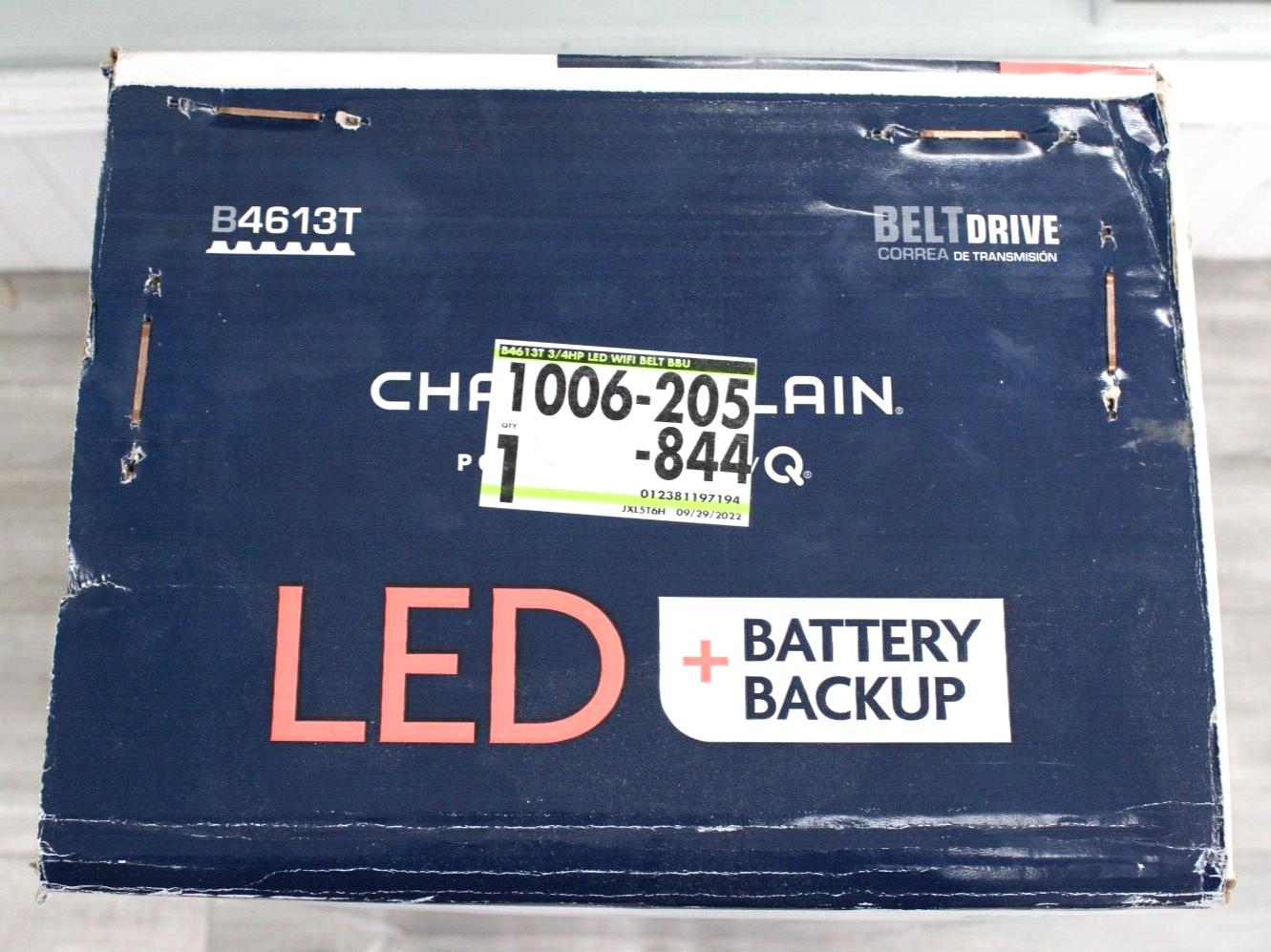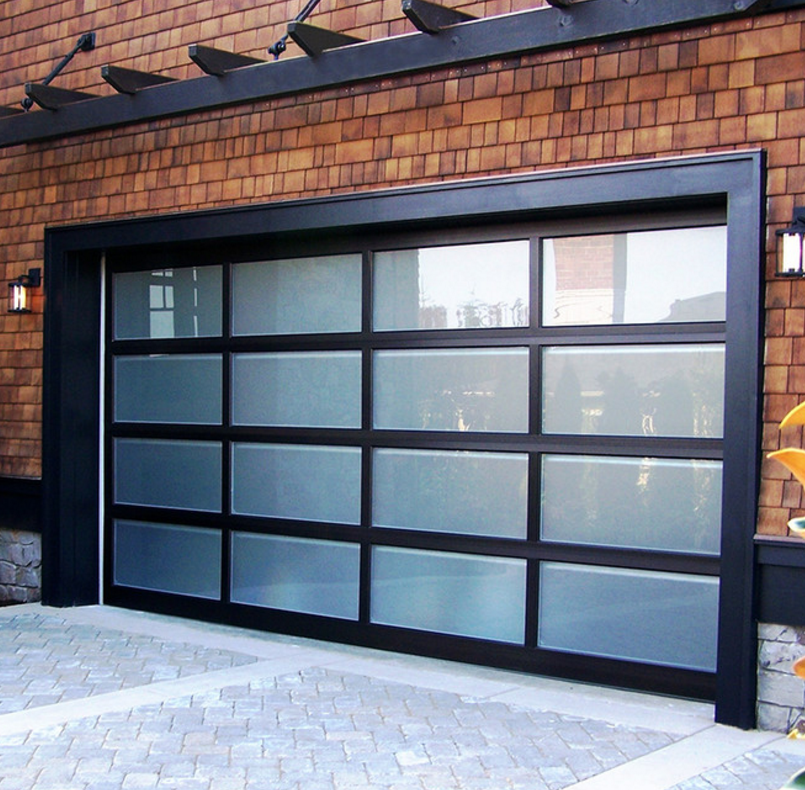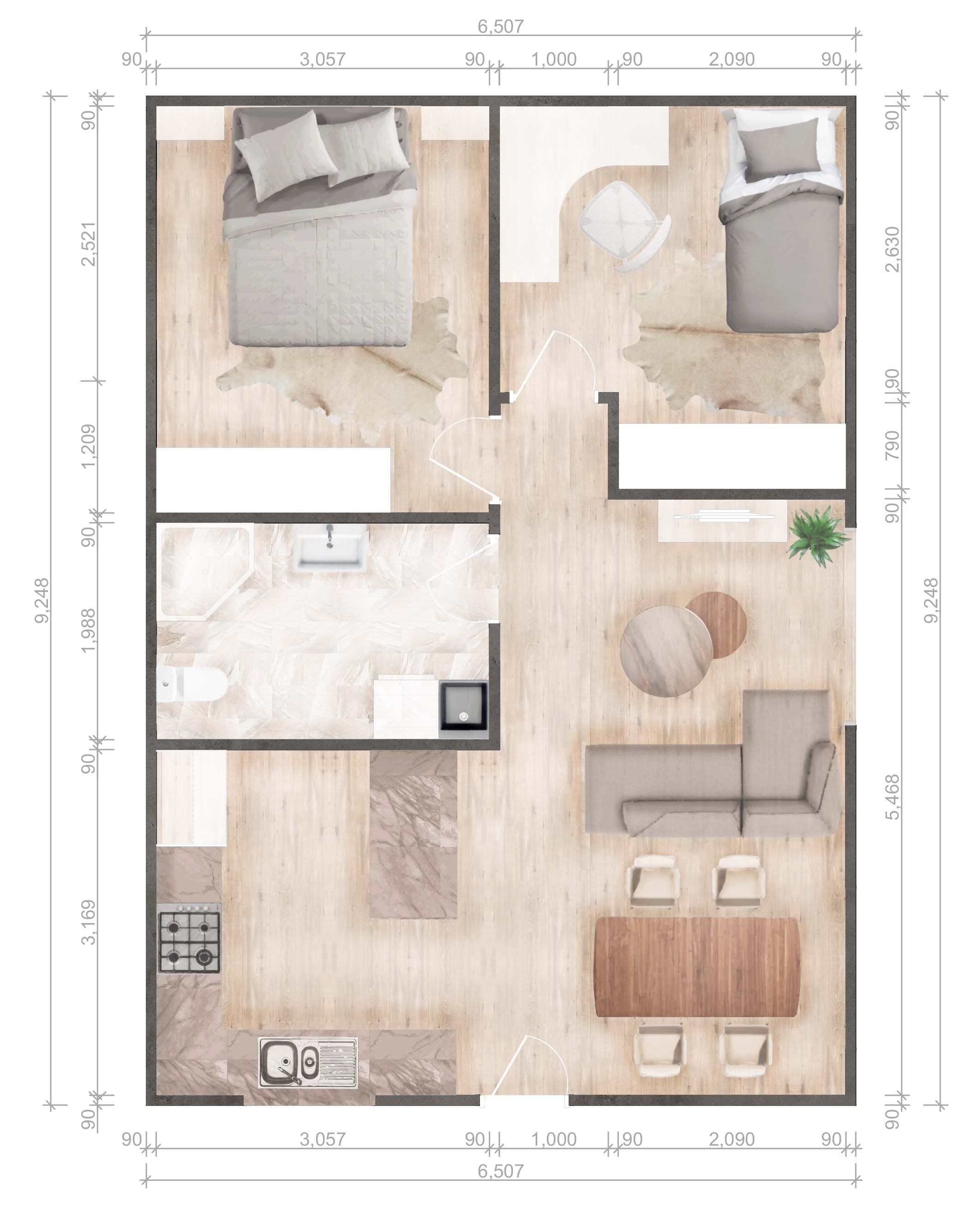
Garage doors come in a variety of sizes, from a few inches to several feet wide and tall. These doors are suitable for both residential and commercial use. It's a smart idea to measure your garage before you decide on the right door for your needs.
Standard Garage Door Measurements
For most homes, the standard size of a garage door is 9 feet x 7 feet for a single or double garage door. It measures 16 ft x 7 ft. This is a great size for most vehicles and will fit many people's needs.
When considering the size of your garage door, it's important to consider what type of vehicle you want to park inside. A taller garage door is more convenient if you are planning on having a large SUV. The double garage door might be more useful for two cars that need to be parked side by side.

You will likely need a bigger garage door if you have an RV. You'll also need to consider the width of your garage and how much room you have for an RV, as well as if you need to store any other items, such as lawnmowers or bicycles, in the garage.
Garage Door 10ft
If your garage has a smaller footprint and you are only parking small cars, a 10-foot garage entrance might be more suitable. These are slightly smaller than a 12 foot garage door so it's easier for cars to fit in the garage.
Garage Door 8ft
An 8-foot garage door is a good choice if you have a few smaller cars to park in your garage. They come in many styles and colors, including wood grain finishes.
Garage Door 12 ft
A 12-foot garage doors might be the best option for you if your garage is larger than usual. These are typically available in a range of colors and finishes, and you'll find them at most local hardware stores.

Garage Door 18'4"
An 18-foot garage door is the best size for most people. It is spacious enough to accommodate most cars and can also be opened to full height to allow for small trailers or motorcycles to be parked.
Talking to an architect or designer is a great way to determine which garage door will work best for you. They can help you decide whether the size of the door is sufficient for your needs and can even suggest different door styles that will work better in your space. They can also help you choose the right materials for your garage.
FAQ
What's the difference between a remodel or a renovation?
Remodeling is any major transformation of a room or portion of a bedroom. A renovation is a minor alteration to a space or part of a place. For example, a bathroom remodeling project is considered a major one, while an upgrade to a sink faucet would be considered a minor job.
Remodeling is the process of changing a room or part of it. A renovation involves only changing a portion of a room. For example, a kitchen remodel involves replacing counters, sinks, appliances, lighting, paint colors, and other accessories. But a kitchen update could include painting the wall color or installing a new light fixture.
Is $30000 sufficient for a kitchen remodeling project?
The cost of a kitchen remodel can vary from $15000 to $35000, depending on the amount you spend. If you want a complete kitchen overhaul, expect to pay more than $20,000. You can get a complete kitchen overhaul for as little as $3000 if you just want to replace the countertops or update your appliances.
An average full-scale remodel costs $12,000 to $25,000 However, there are ways to save without sacrificing quality. A new sink can be installed instead of replacing an older one. This will cost you approximately $1000. You can also purchase used appliances at half of the cost of new.
Kitchen renovations take more time than other types. So plan accordingly. It's not ideal to begin working in your kitchen, only to find out halfway through that there isn't enough time to finish the job.
Start early. Start looking at options and collecting quotes from various contractors. You can then narrow your choices by price, availability, and quality.
Once you have contacted a few contractors, ask them for estimates and then compare prices. The lowest-priced bid isn't always the best choice. It is important to find someone with the same work experience as you who will provide a detailed estimate.
Add all costs to the final cost. These may include labor or material charges, permits and so forth. Be realistic about the amount you can afford, and stick to your budget.
Don't be afraid to tell the contractor what you think about any of the quotes. If you don't like the first quote, tell the contractor why and give him or her another chance. Don't let pride get in the way when you save money.
What is included in a full-scale kitchen remodel?
A complete kitchen remodel involves more than just replacing a sink and faucet. You will also need cabinets, countertops and appliances as well as lighting fixtures, flooring, plumbing fixtures, and other items.
Homeowners can remodel their kitchens completely without needing to do major work. This allows the homeowner to update their kitchens without having to demolish any existing structures, making it easier for the contractor as well.
A kitchen renovation can include a variety of services such as plumbing, HVAC, painting, drywall installation, and electrical. Complete kitchen remodeling may require multiple contractors, depending on how extensive the renovation is.
A team of professionals is the best way to ensure that a kitchen remodel runs smoothly. Kitchen remodels are complex and can be delayed by small issues. You should plan ahead and prepare a backup plan for any unexpected situations if you decide to DIY.
Remodeling a kitchen or bathroom is more expensive.
Remodeling a bathroom and kitchen can be costly. But considering how much money you spend on energy bills each month, it might make more sense to invest in upgrading your home.
A small upgrade could save you thousands of dollars each year. A few small changes, such adding insulation to walls or ceilings, can cut down on heating and cooling costs. Even a small improvement can make a difference in comfort and increase resale.
When planning for renovations, it is important to select durable and easy-to-maintain products. Materials such as porcelain tile, stainless steel appliances, and solid wood flooring last longer and require fewer repairs than vinyl or laminate countertops.
You might also find that replacing old fixtures by newer models can reduce utility expenses. Low-flow showerheads or faucets can help reduce water usage by up 50 percent. Compact fluorescent bulbs can be replaced with inefficient lighting to reduce electricity consumption by as much as 75 percent.
What are the biggest expenses in remodeling a kitchen?
There are several major costs involved in a kitchen remodel. These include demolition, design fees, permits, materials, contractors, etc. These costs seem small when you look at them individually. These costs quickly multiply when they are added up.
Demolition is the most costly cost. This includes removing cabinets, countertops and flooring. You will then need to remove the insulation and drywall. Then, it is time to replace the items with newer ones.
Next, an architect must be hired to create plans for the space. Next, you must pay for permits to ensure the project meets building codes. Next, you will need to hire someone to actually build the project.
Once the job has been finished, you need to pay the contractor. It is possible to spend anywhere from $20,000 up to $50,000 depending on the size and complexity of the job. This is why it's important to get estimates form multiple contractors before hiring one.
These costs can be avoided if you plan. You may be able to negotiate better deals on materials or even skip some of the work. You will be able save time and money if you understand what needs to done.
Many people will attempt to install their cabinets themselves. People believe that this will save them money since they won't have to hire professionals for installation. It is often more expensive to have professional installation services. Professionals can typically complete a job in half the time it would take you.
A cheaper way to save money is buying unfinished materials. Before purchasing pre-finished materials like cabinets, you must wait until all the pieces are assembled. You can begin using unfinished materials right away if they are purchased. And if something doesn't turn out exactly as planned, you can always change your mind later.
Sometimes, it's just not worth the effort. You can save money by planning your home improvement project.
What would it cost for a home to be gutted versus what it would cost to build one?
Gutting a home involves removing everything within a building including walls and floors, ceilings as well as plumbing, electrical wiring, appliances, fixtures, and other fittings. It is often done when you are moving to a new location and wish to make some improvements before you move in. Because of the many items involved in gutting a house, it is usually very costly. Depending on what job you do, the average cost for gutting a house is $10,000 to $20,000
Building a home is where a builder builds a house frame by frame, then adds walls, flooring, roofing, windows, doors, cabinets, countertops, bathrooms, etc. This is usually done after buying a lot of lands. Building a home usually costs less than gutting and can cost between $15,000 and $30,000.
When it comes down to it, it depends on what you want to do with the space. You'll likely need to spend more money if you want to gut a property. It doesn't matter if you want a home built. You can build it the way you want it instead of waiting for someone else to come in and tear everything up.
Statistics
- 5%Roof2 – 4%Standard Bedroom1 – 3% (rocketmortgage.com)
- $320,976Additional home value: $152,996Return on investment: 48%Mid-range average cost: $156,741Additional home value: $85,672Return on investment: (rocketmortgage.com)
- bathroom5%Siding3 – 5%Windows3 – 4%Patio or backyard2 – (rocketmortgage.com)
- Attic or basement 10 – 15% (rocketmortgage.com)
- About 33 percent of people report renovating their primary bedroom to increase livability and overall function. (rocketmortgage.com)
External Links
How To
How to Remove Tile Grout From Floor Tiles
Most people don't know that tile grouting exists. It is used to seal the joints between the tiles. There are many types available today. Each is used for a specific purpose. Here we will show you how to remove tile grout from floor tiles.
-
First, you must ensure you have all the tools needed before starting this process. A grout cutter, grout scraper and some rags are all essential.
-
You will now need to clean off any dirt and debris that may have been under the tile. The grout cutter can be used to cut the grout and remove any loose tiles. It is important not to damage tiles.
-
After cleaning up all the grout, you can use the grout scraper to remove any remaining grout. If you don't have any grout, you can continue to step 4.
-
Once you've done all of the cleaning, you can move onto the next step. You can now take one of the rags, and soak it in some water. The rag should be completely dampened. To ensure that the rag does not absorb water, dry it.
-
Then, place the wet towel on the joint where tile meets wall. You should press the rag down until the grout is separated. Slowly pull your rag towards yourself and continue to pull it back and forth, until all grout is gone.
-
Repeat steps 4 and 5 until all the grout has been removed. Rinse and repeat the procedure if necessary.
-
Once you have finished removing all the grout, wipe down the surface of the tiles with a damp cloth. Let dry thoroughly.